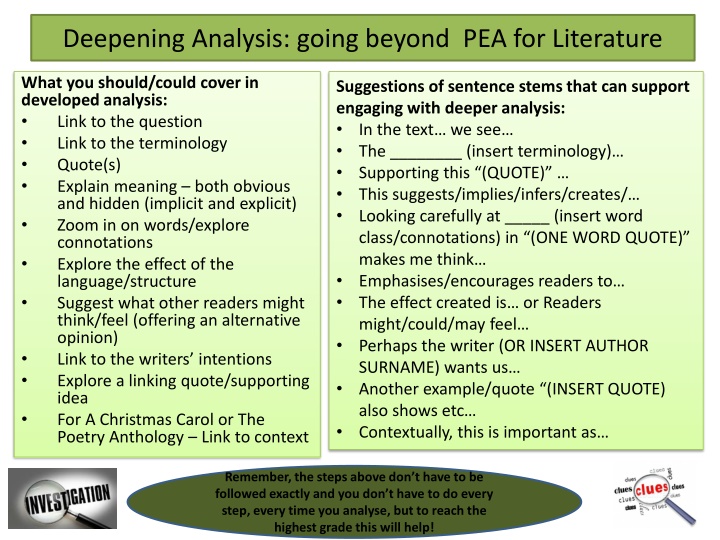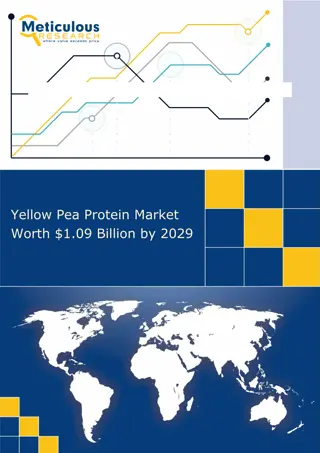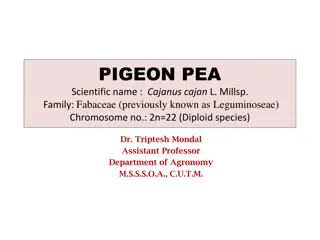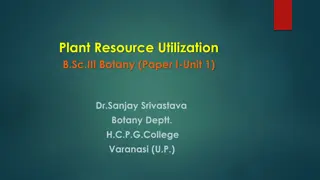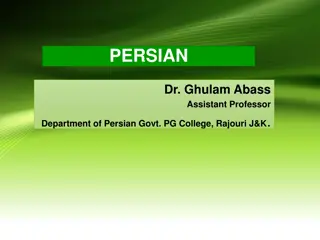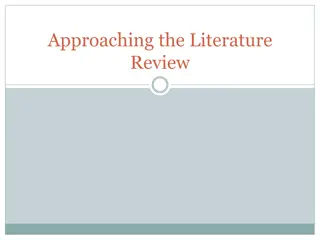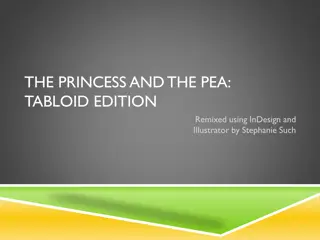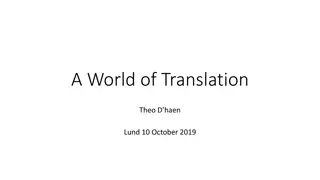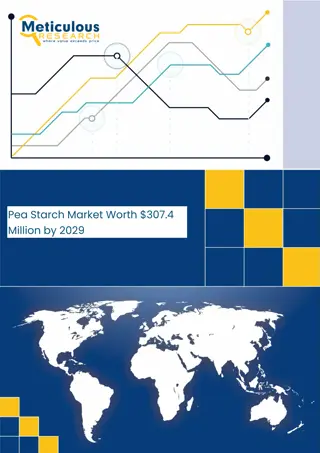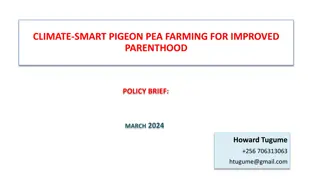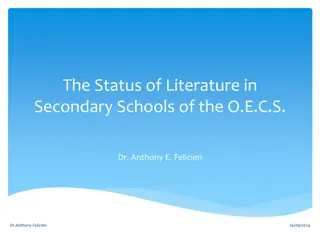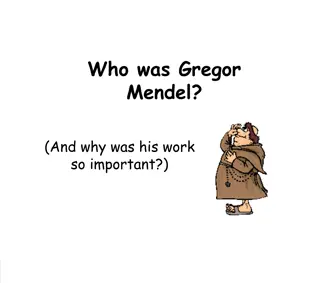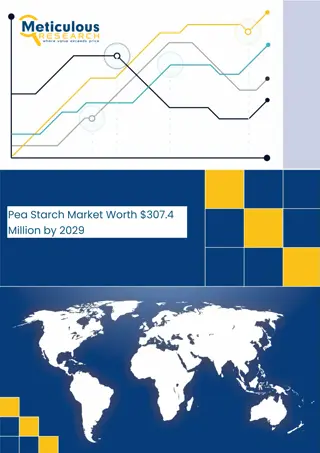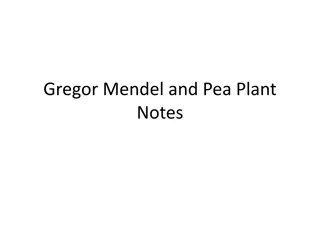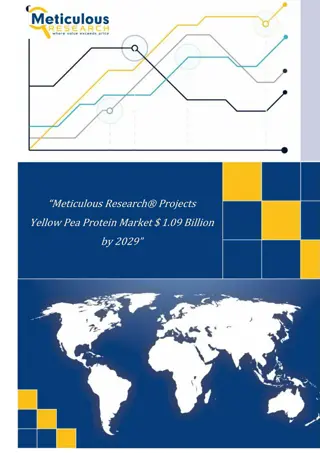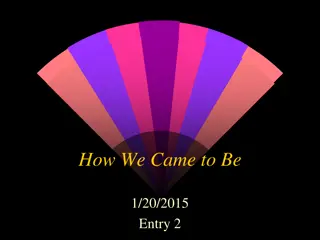Deepening Analysis: going beyond PEA for Literature
Dive into advanced literary analysis techniques by linking text to context, terminology, and writer's intentions. Explore hidden meanings, connotations, language effects, and reader perceptions. Enhance your understanding of works like "A Christmas Carol" or poetry anthologies by examining language intricacies and thematic nuances.
Download Presentation

Please find below an Image/Link to download the presentation.
The content on the website is provided AS IS for your information and personal use only. It may not be sold, licensed, or shared on other websites without obtaining consent from the author.If you encounter any issues during the download, it is possible that the publisher has removed the file from their server.
You are allowed to download the files provided on this website for personal or commercial use, subject to the condition that they are used lawfully. All files are the property of their respective owners.
The content on the website is provided AS IS for your information and personal use only. It may not be sold, licensed, or shared on other websites without obtaining consent from the author.
E N D
Presentation Transcript
Deepening Analysis: going beyond PEA for Literature What you should/could cover in developed analysis: Link to the question Link to the terminology Quote(s) Explain meaning both obvious and hidden (implicit and explicit) Zoom in on words/explore connotations Explore the effect of the language/structure Suggest what other readers might think/feel (offering an alternative opinion) Link to the writers intentions Explore a linking quote/supporting idea For A Christmas Carol or The Poetry Anthology Link to context Suggestions of sentence stems that can support engaging with deeper analysis: In the text we see The ________ (insert terminology) Supporting this (QUOTE) This suggests/implies/infers/creates/ Looking carefully at _____ (insert word class/connotations) in (ONE WORD QUOTE) makes me think Emphasises/encourages readers to The effect created is or Readers might/could/may feel Perhaps the writer (OR INSERT AUTHOR SURNAME) wants us Another example/quote (INSERT QUOTE) also shows etc Contextually, this is important as Remember, the steps above don t have to be followed exactly and you don t have to do every step, every time you analyse, but to reach the highest grade this will help!
Understanding Concise Analysis: For Language What you should/could cover in concise analysis 1A Fiction questions A2, A3 & A4 and 2A question Non- Fiction A2: Link to the question Link to the terminology Quote(s) Explain meaning both obvious and hidden (implicit and explicit) Explore the effect of the language/structure Suggestions of sentence stems that can support engaging with concise analysis: In the extract we see The ________ (insert terminology) Supporting this (QUOTE) This suggests/implies/infers/creates/ The effect created is or Readers might/could/may feel Concise = short and snappy quickly getting to the point Fiction A2 = 4 5 quotes A3 = 7 8 quotes A4 = 7 8 quotes Non Fiction A2 = 7 8 quotes Remember, the steps above don t have to be followed exactly and you don t have to do every step, every time you analyse, but to reach the highest grade this will help!
Understanding the Evaluation Questions using evidence and opinions Sentence stems you can use to help you evaluate a text: The extract makes me think (refer to question key words) The quote which suggests this is (QUOTE) This means however, I think/feel/imagine Other reader may say /Alternatively, it could be seen as What you should/could do to show you can evaluate persuasively Fiction A5 and Non-Fiction A4: Link to the question Give a quote which links to your idea Explain briefly what the quote means Explain your own opinion in relation to the question Explain what other reader suggest or predict what other readers might contradict your opinion or point with. You can offer a range of opinions on one supporting quote Image result for persuasive Image result for evaluation Remember, the steps above don t have to be followed exactly and you don t have to do every step, every time you evaluate, but to reach the highest grade this will help!
Contrasting (differences) However On the other hand On the contrary Instead As for Alternatively Despite this whereas while... although yet Comparing (similarities) Compared with Similarly In the same way Likewise Equally As with are similar in that Understanding how to Compare Remember, you can change the structure of your comparison, when you are confident Image result for comparing What you should/could do to show you can compare Non-Fiction A6 & The Anthology & Unseen Poems: Link to the question for both texts stating the similarity or difference Give a quote which links to your idea can be from one or both texts Explain briefly what the quote means and how it is similar or different to the other text Use comparative connectives in your answer Explain HOW the quotes are different or the same and what they make you think Sentence stems you can use to help you compare in a text: In both texts we see which is similar/different because The quote from Text 1 which supports this is QUOTE , whereas in text 2 QUOTE This suggests/shows/explores However, this is unlike/like due to These suggest/make me think as
Understanding how to Synthesise information Image result for synthesis Image result for synthesis reaction Remember, you need to cover a range of quotes from both texts to draw together the information What you should/could do to show you can synthesise information for Non Fiction A5: Link to the question for both texts stating the similarity or difference (depending on what has been asked for in the question) Give two quotes which links to your idea must be from both texts Explain briefly what the quote shows you in terms of the similarity or difference (DO NOT COMPARE) Ensure you have stated information from both texts Sentence stems you can use to help you synthesise in a text: In both texts we see which shows me The quote from Text 1 which supports this is QUOTE , and the text 2 QUOTE Both these quotes tell me
WET RATS How to apply WET RATS in analysis First create the key in different colours in your book. When you have completed this it will be a checklist for analysis. Before you use WET RATS ensure you have: Linked to the question (which means you have made a point) W Words (zoom in) E Effects or embedded quotations T Techniques language or structure R Reader s reaction A Author s intentions/alternative opinions T Themes/time - which is context S - Structure
